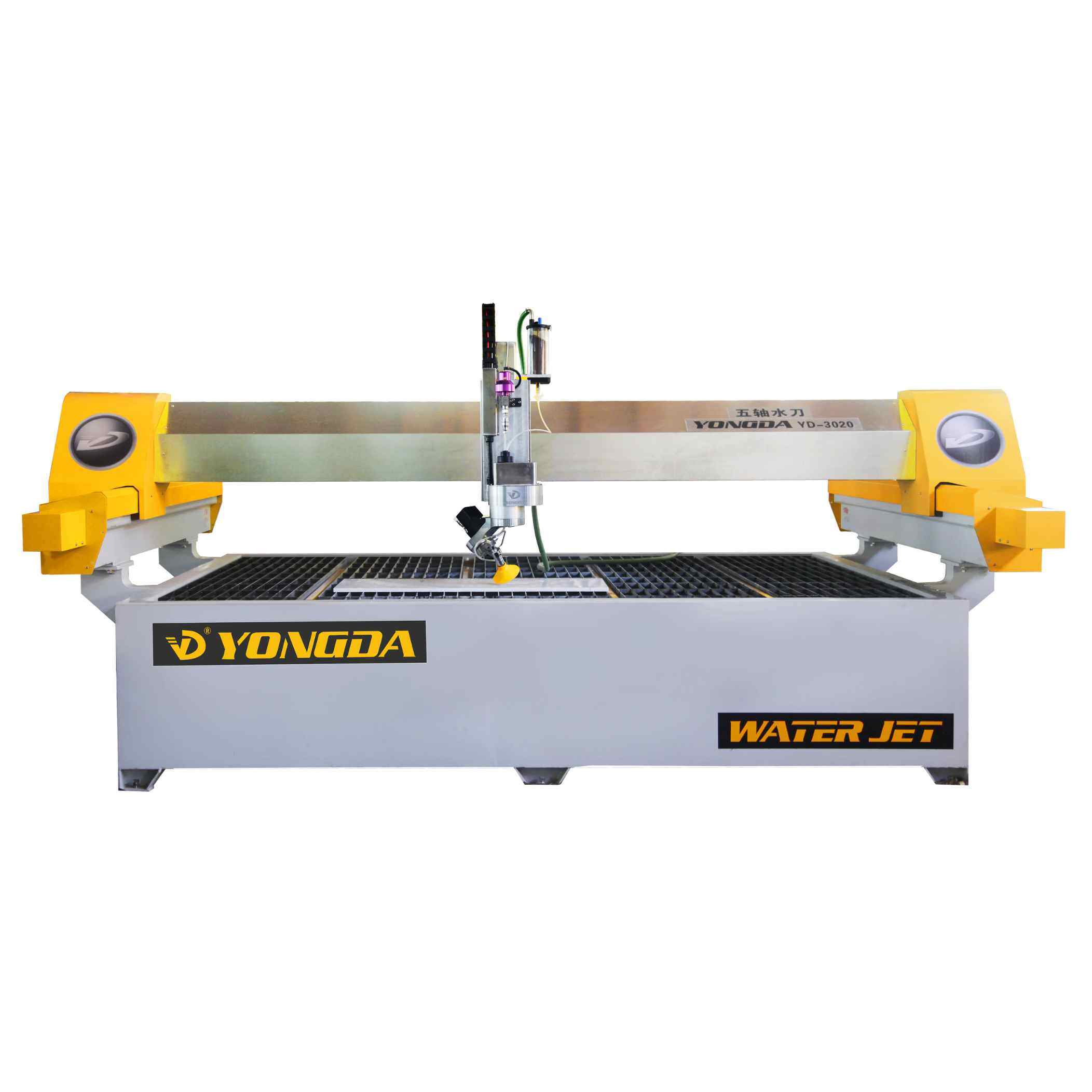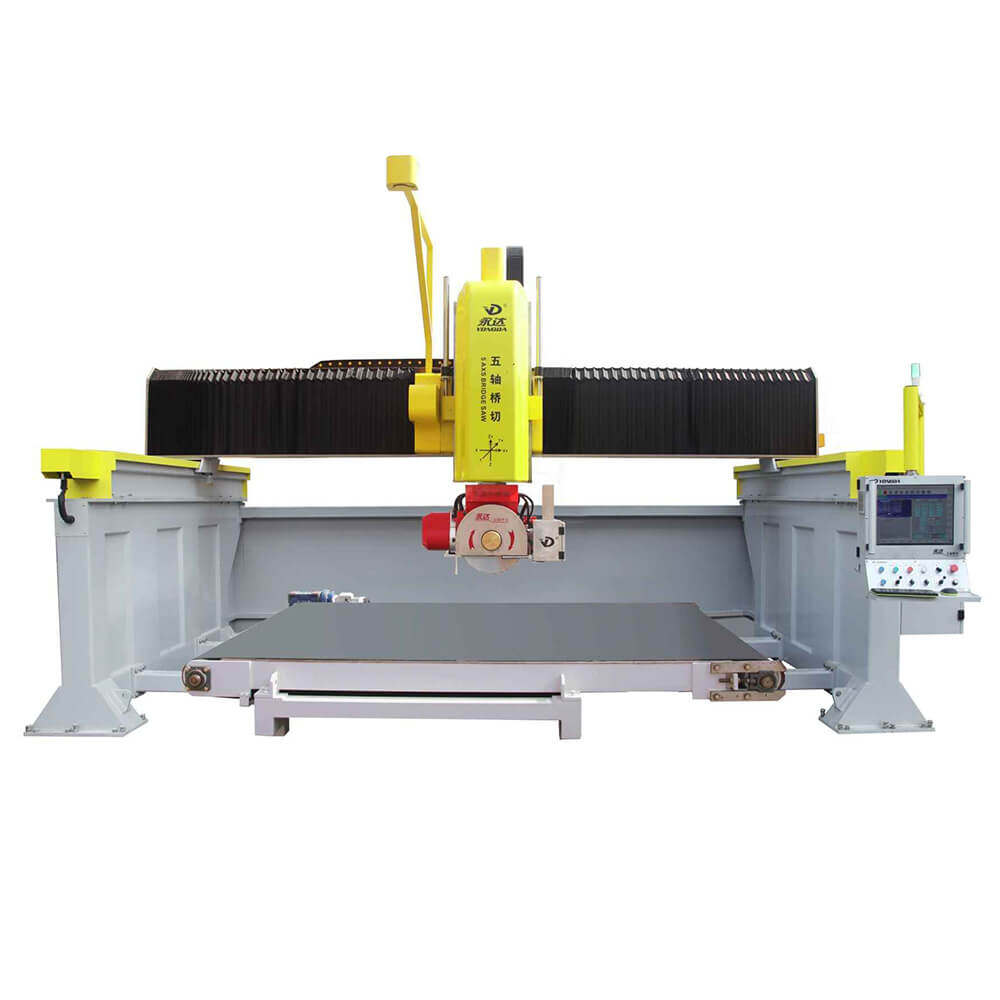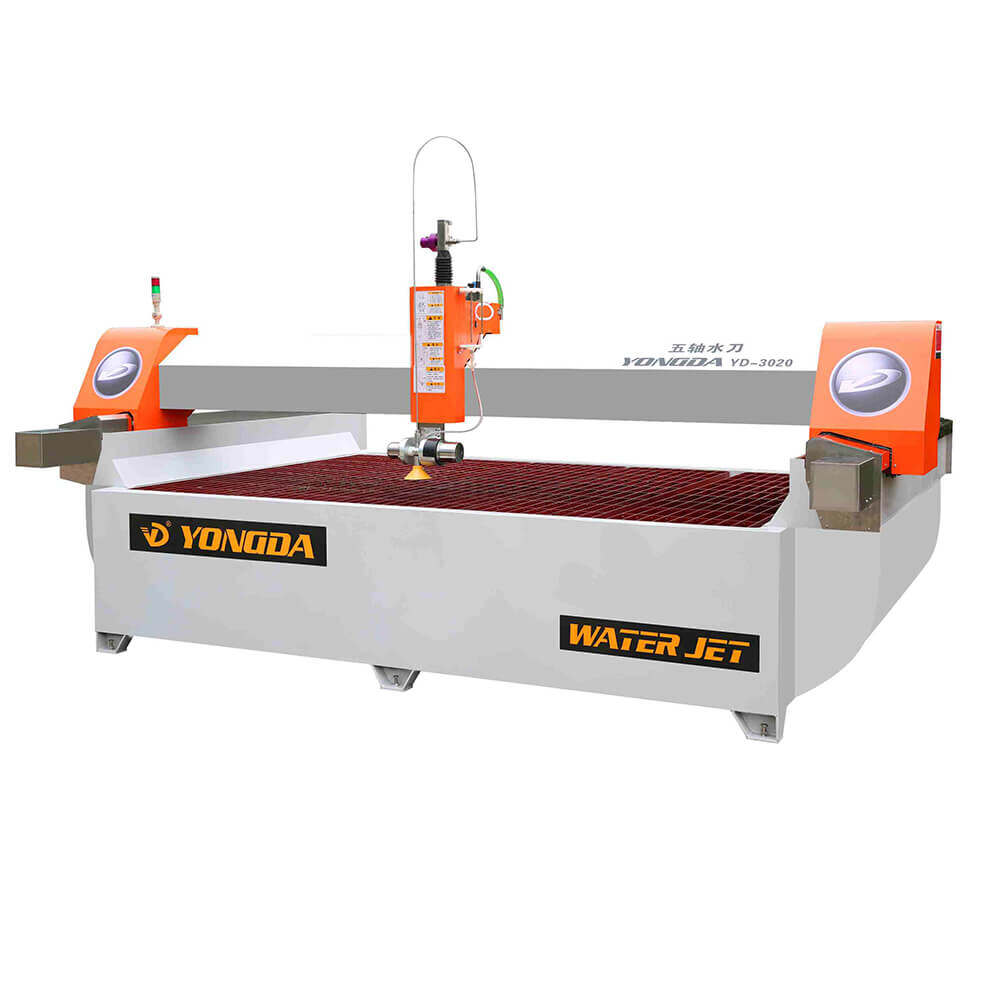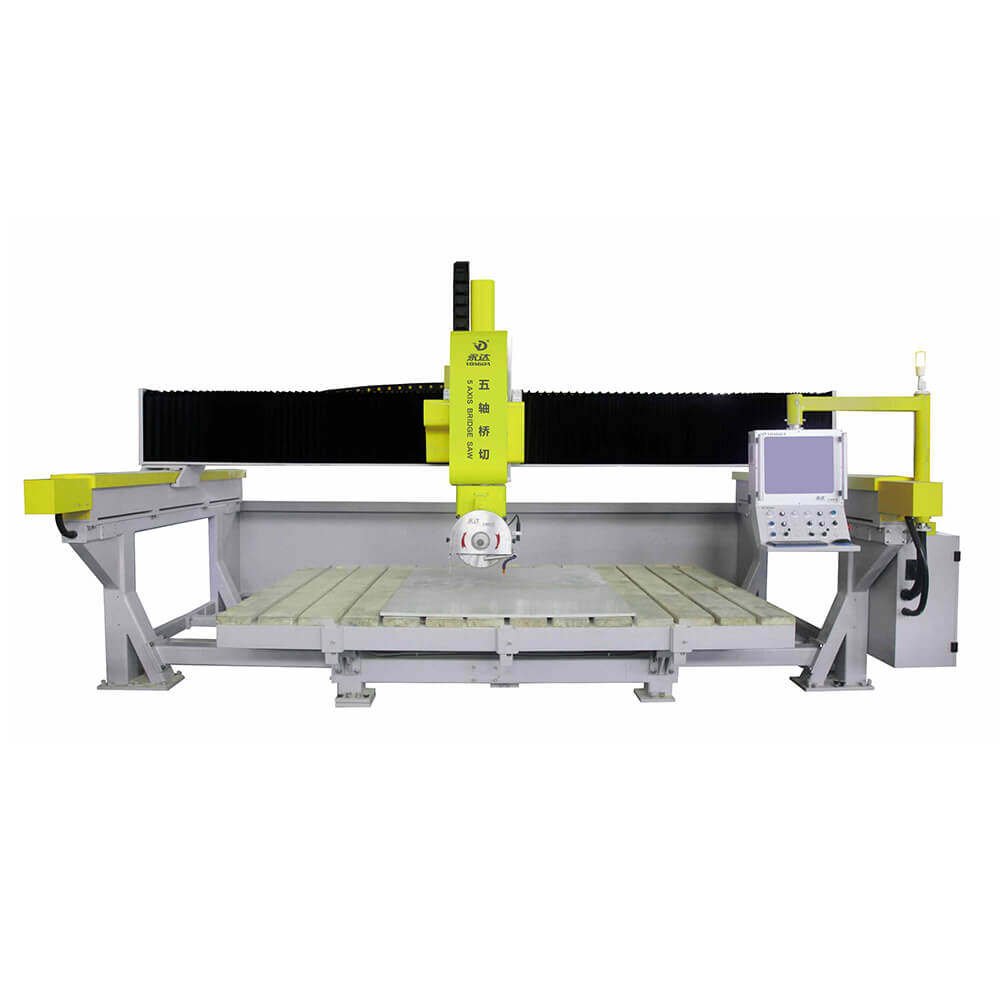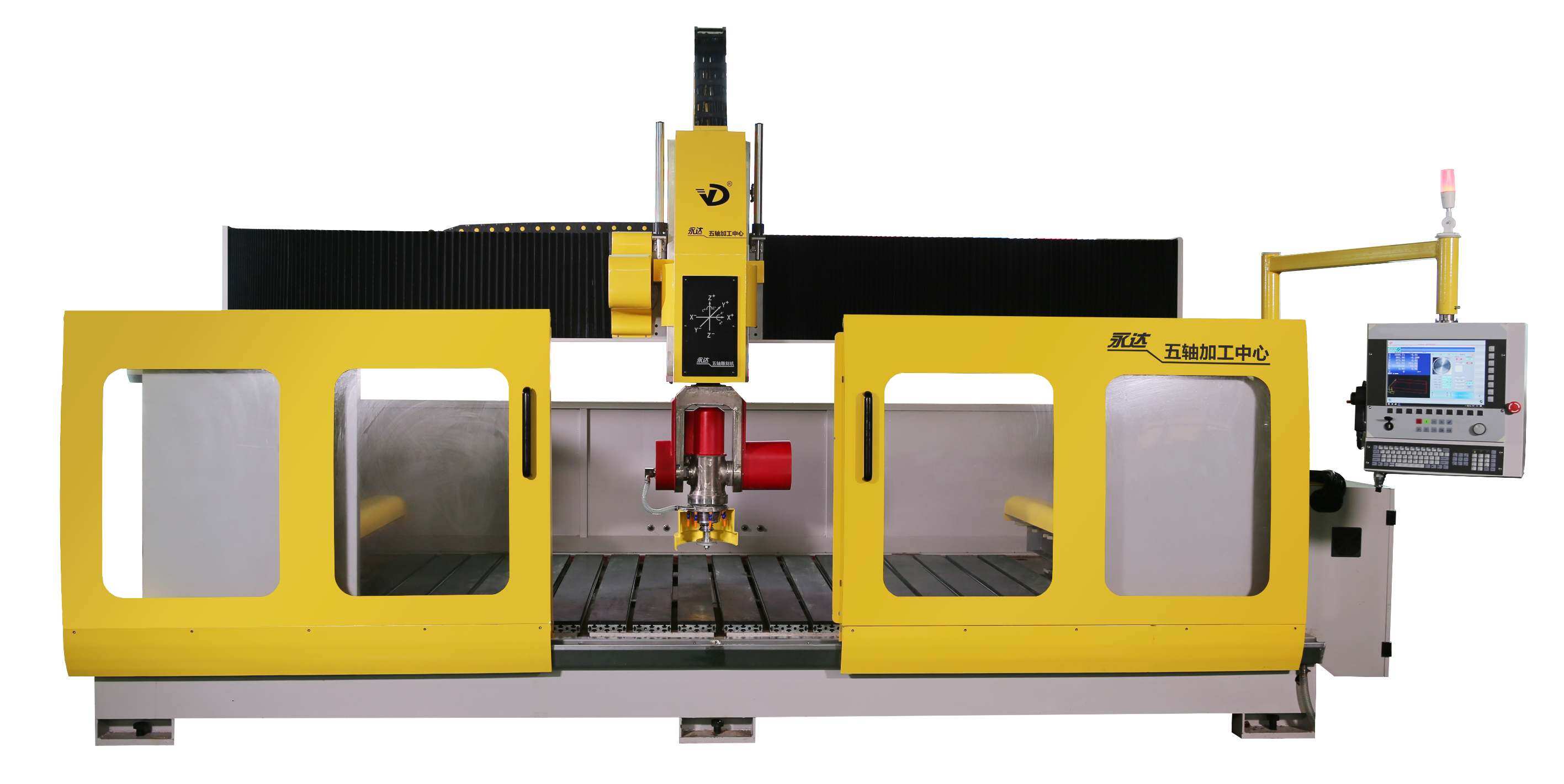In today's fast-paced manufacturing industry, precision, efficiency, and versatility are non-negotiable. Among the many advanced tools revolutionizing metalworking, stone fabrication, and composite processing, the CNC water jet cutting machine stands out as a game-changer. Using a high-pressure jet of water, sometimes mixed with abrasives, these machines can cut a wide variety of materials with unmatched accuracy and minimal thermal impact.
What Is a CNC Water Jet Cutting Machine?
A CNC (Computer Numerical Control) water jet cutting machine is a computer-guided device that uses a high-pressure water stream—often exceeding 60,000 PSI—to cut materials. For harder materials like metal, ceramics, or stone, abrasive particles (such as garnet) are added to the water to boost its cutting power.
AC 5 Axis Waterjet Cutting Machine
The CNC controller automates the movement of the cutting head, enabling intricate designs and precision cutting on various materials such as:
● Stainless steel
● Aluminum
● Glass
● Stone
● Rubber
● Plastic
● Carbon fiber
This cold cutting process ensures no heat-affected zones (HAZ), making it ideal for materials sensitive to high temperatures.
Key Advantages of CNC Water Jet Cutting Machines
1. Versatile Material Cutting: One of the most impressive features of a CNC water jet cutting machine is its ability to cut virtually any material, from soft foam to hardened steel. Unlike laser cutting, it doesn't rely on melting, so it performs well even on heat-sensitive or reflective materials.
2. No Thermal Deformation: Since water jet cutting is a cold process, there's no risk of warping or material distortion due to heat. This is especially important when cutting composite materials or metals like titanium and stainless steel.
3. High Precision and Clean Edges: CNC programming allows for extremely precise cuts with tolerances as tight as ±0.1 mm. This results in smooth edges that often require little to no secondary finishing, reducing post-processing costs and time.
4. Environmentally Friendly: Water jet cutting uses natural resources—mainly water and garnet. It produces no hazardous fumes or heat, making it a cleaner and safer alternative to plasma or laser cutting.
5. Minimal Material Waste: The narrow kerf (cut width) of water jet cutting ensures optimized material usage, significantly reducing waste and saving costs in high-volume production runs.
Popular Applications of CNC Water Jet Cutting
Thanks to its versatility and precision, CNC water jet cutting is used across multiple industries:
Metal Fabrication: For parts that require exact dimensions and clean edges.
Stone and Ceramic Industry: Perfect for intricate tile, marble, and granite patterns.
Aerospace and Automotive: Cutting composites, aluminum, and titanium parts with no material degradation.
Glass Processing: Ideal for delicate, crack-prone glass panels.
Electronics: Cutting PCBs and insulation materials where heat damage must be avoided.
Custom Signage and Art: Enables creative freedom with complex curves and fine details.
How to Choose the Right CNC Water Jet Cutting Machine?
When selecting a CNC water jet cutting machine for your business, consider the following factors:
1. Cutting Bed Size: Ensure the cutting table can accommodate the maximum sheet size you plan to process. Common sizes include 4’x4’, 4’x8’, and 5’x10’.
2. Pump Pressure and Type: Higher pressure pumps (up to 90,000 PSI) cut faster but cost more. Consider your production speed needs and budget.
3. Control System: A reliable CNC system with user-friendly software allows for smoother operation and easier programming. Look for compatibility with popular CAD/CAM programs.
4. Abrasive Handling System: Efficient abrasive feeders and removal systems reduce downtime and maintenance. Look for features like automatic abrasive metering and collection.
5. Material Support and Clamp Options: Materials must remain stable during cutting. Choose a system with a rigid support bed and clamping options for different materials and thicknesses.
6. After-Sales Service and Spare Parts: Choose a reputable CNC water jet machine manufacturer that offers local support, warranty, and quick spare parts availability.
CNC Water Jet Cutting vs. Other Cutting Methods
| Feature | CNC Water Jet | Laser Cutting | Plasma Cutting |
| Materials | Almost all | Limited (non-reflective) | Conductive metals |
| Heat Affected Zone | None | Yes | Yes |
| Edge Quality | High | Medium to High | Medium |
| Thickness Capability | Up to 300mm | Up to 25mm (varies) | Up to 50mm |
| Operating Cost | Medium | High (electricity + gases) | Low |
| Environmental Impact | Low | Medium (fumes) | Medium (fumes) |
As shown, CNC water jet cutting machines offer a unique blend of flexibility, precision, and safety that other technologies struggle to match.
Conclusion
Whether you're cutting intricate metal parts, shaping stone slabs, or working with delicate glass, a CNC water jet cutting machine can transform your production process. With zero thermal damage, high cutting precision, and multi-material capability, it's no surprise that manufacturers across industries are turning to water jet technology for reliable and scalable cutting solutions.
If you're planning to invest in advanced cutting equipment, choosing the right CNC water jet cutting machine can significantly boost your productivity and open up new possibilities for innovation.


